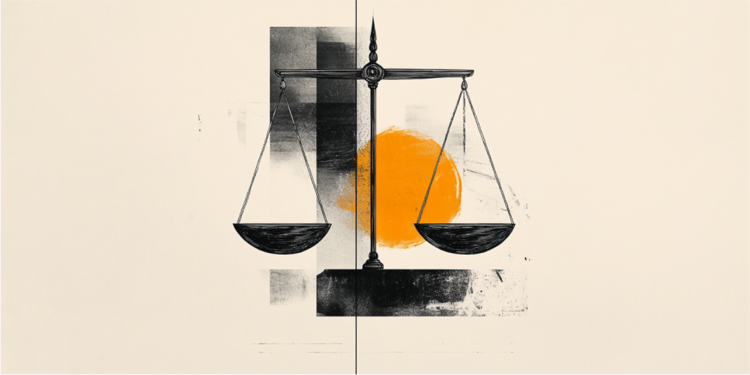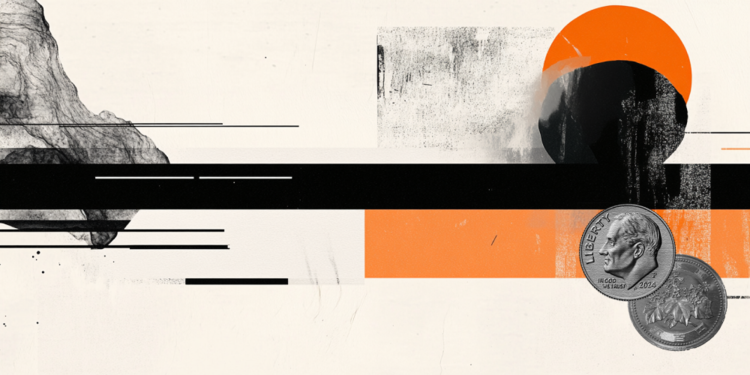On September 16, 2022, Mahsa Amini, a young Iranian Kurdish woman, died while in the custody of Iran’s morality police for the “crime” of improper veiling. The event sparked an uprising that quickly captured global attention and gained support among grassroots activists and world leaders.
As expected, the Iranian regime reacted to the uprising with brutality. But in the end, the brave women – who were in the streets shouting the slogan “Woman, Life, Freedom” – made a lasting difference.
The three words were repeated at demonstrations by women and men around the world and appeared in different languages on buildings, billboards and flags.
People ask whether this will be just another event violently repressed by the Islamic Republic. I don’t believe.
A few days ago, I spoke to an activist in Tehran, the capital of Iran, who highlighted: “Women won. The city looks different. Women walk as they please – without veils – and sit chatting with their male friends and family in coffee shops.”
Although the government still intends to crack down on women for not properly following the dress code, social norms in Iran may change.
On the anniversary of Amini’s death, it would be useful to look at the evolution of the role of women in the Islamic Republic and follow the ongoing process of the courageous struggle for autonomy and rights.
Iranian women were drawn into the 1979 Islamic Revolution by the false promises of Ayatollah Ruhollah Khomeini, who said: “In Islamic society, women will be free to choose their own destiny and their own activity.”
He also claimed that he would go to his home in Qom, a city of clerics, and would have nothing to do with the government.
This turned out to be a lie – and shortly after returning to Iran in February, he declared the veil mandatory, even before a government was established or there was a constitution.
On March 8, 1979, International Women’s Day, tens of thousands of women demonstrated against her decree and were attacked by pro-revolutionary forces.
Since then, Iranian women have taken every opportunity to pressure the Islamic government for their rights.
But they lost the battle when it came to the law and Iran went from being at the forefront of women’s rights in the Middle East in 1978 to being ranked as one of the worst countries in the world when it comes to gender equality.
Activists, however, have learned important lessons from decades of awareness-raising and mobilization, building on every uprising and movement since the 1979 revolution.
One of the most successful movements was in 2006, with the one million signature campaign for the Reform of Discriminatory Family Laws.
In that campaign, women organized themselves into communities and went door to door in the neighborhoods, talking to men and women, explaining the changes they sought, asking for signatures.
They worked with conservative religious women in areas where they agreed, such as equal rights, education and employment. Around 30% of the signatures collected were from men.
For a time during Mohammad Khatami’s presidency from 1997 to 2005, some activists argued that it might be possible to reform the system, given Khatami’s promises of a more tolerant society and comments about how women should not be considered “citizens.” second class.”
But his presidency failed to usher in substantial legal changes, and when Mahmoud Ahmadinejad took office, the notion of reform lost credibility.
Before the Arab Spring
In response to what was widely considered a fraudulent election, in 2009 the Green Movement was born, two years before the Arab Spring.
Protesters who were part of the Green Movement ended up taking advantage of the alleged electoral fraud to demand democratic rights originally intended in the 1979 revolution.
Both men and women demonstrated in their hundreds of thousands and shouted, “Where is my vote?”
Since then, the expansion of technology and the presence of a connected and well-educated diaspora, with women leaders in science, technology, the arts and politics, have been important factors in encouraging and supporting those who remain in the country.
Iranian women have been deprived of the rights they knew and worked for. But they fought against a medieval government and won a lot.
The Women, Life, Freedom movement managed to transport and amplify their voices and activism throughout the world. This may be the first female-led counterrevolution in history, and one in which men and women participated together.
It also provides an example of how women can work with each other and with men to dialogue, provide support and respect differences of opinion.
In all areas of activity that do not require government involvement, women in Iran are successful. They own businesses, they teach, they connect with each other and with their supporters outside the country, without fear. And they force the government to back down.
They want a government worthy of their courage and wisdom. But they are realistic enough to know that while governments around the world will continue to collaborate with the Islamic Republic, unarmed civilians will not be the force that brings down the government.
They won the battles they chose and can win others. The battle for the government they want will require other means.
They are mobilizing men and women to learn the basic principles of democratic governance and prepare civil society for democracy. When they finally receive serious and consistent support, they will be ready.
See also: Iran executes three involved in anti-government protests
Source: CNN Brasil
Bruce Belcher is a seasoned author with over 5 years of experience in world news. He writes for online news websites and provides in-depth analysis on the world stock market. Bruce is known for his insightful perspectives and commitment to keeping the public informed.







